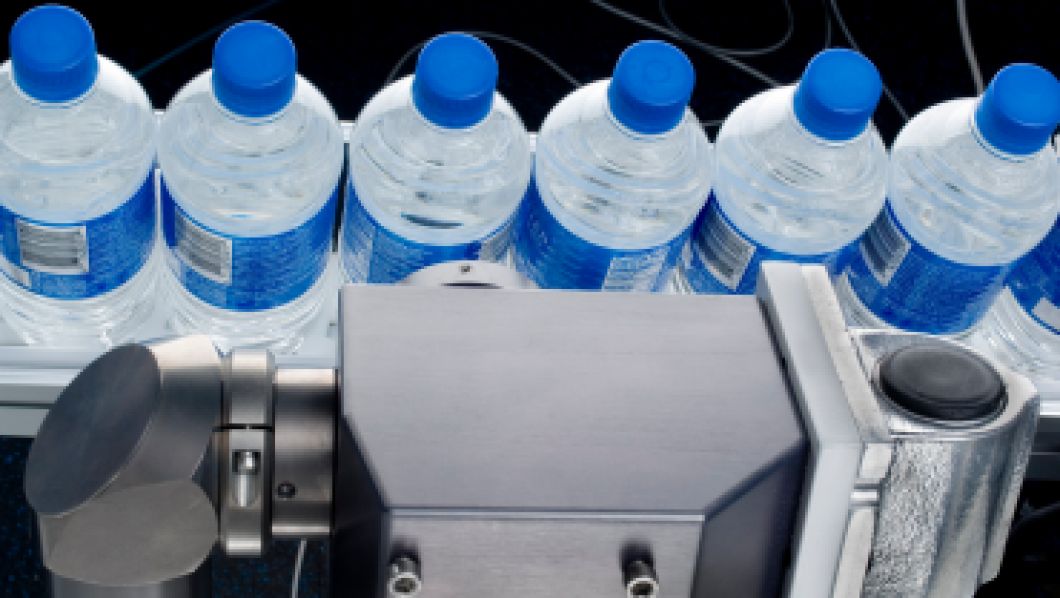In its packaging on a store shelf, a product is not accessible to consumers. These potential purchasers cannot handle or examine it closely. It is the role of product labeling to identify and describe the product to enable consumers to make informed decisions. This makes labeling not only a necessary part of presenting a product but also an important marketing and sales tool for the product manufacturer.
The label acts as the brand owner’s direct connection to the consumer, enabling it to describe the showcase the brand and product benefits. Clear photos and colorful graphics often play an important part on preprinted labels in presenting the product in a positive way.
In addition to branding, the label carries information about where the product was made and by whom, and often includes directions on how it is to be effectively used, the product’s ingredients and precise weight. For food and pharmaceuticals, labeling may also include manufacturing bar codes, allergen warnings, the date after which food may no longer be considered safe to eat, traceability information, and details about how best to store and prepare it.
Various global regulations require pharmaceutical product packaging to bear unique individual identification codes that enable medications to be traced throughout the distribution system. For example, upcoming European regulations will require a UFI (unique formula identifier) to be printed on products that contain a hazardous mixture. The alphanumeric UFI code will enable poison control centers to advise proper treatment in the event of a crisis. Codes like these are printed on products online during the packaging process. Because of their importance, these codes are usually inspected by vision inspection systems immediately after printing to ensure their completeness and readability. Code regulations are subject to change and expand. Those using them must keep abreast of those changes to remain in compliance.
Label information may be printed directly on flexible film material prior to packaging, on the packaged product itself, or on paper or plastic labels that can then be automatically applied online to the package surface. Some labels may be printed offsite or printed online prior to application.
Whether printed on the package or on an applied label, it is especially important that the printed label information be complete, clear and readable. Blurred printing, tears or folds in an applied label that make allergen warnings or expiration dates unreadable can directly affect consumer health and safety. Improperly formed codes, text and images also reflect poorly on the manufacturer’s brand image.
Categories
- Automatic Batch Coding Machine
- Automatic MRP Printing Machine
- Bagging Machines
- Bottle Filling Machines
- Carton Labeler
- Extruder Machines
- Flexible Product Packaging
- Food Packaging
- Forming Machines
- Product Marking
- Product Coding
- Production Lines
- Product Labeling
- Tetra Pack Printing
- Tracking & Traceability
- Vacuum Sealers
- Variable Data
Contact Us
Sales and Marketing contact:
9:30 AM – 6:30 PM (Monday – Friday)
Service and Technical support









